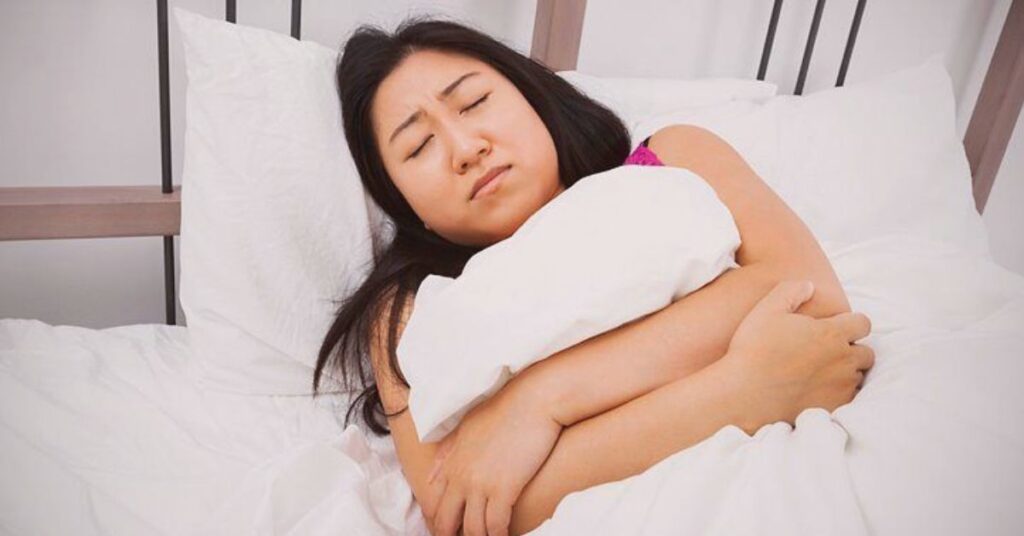For many women, periods are a routine part of life. But for some, each month brings not just discomfort but intense, sometimes debilitating pain. Painful periods, also known as dysmenorrhea, are more than just cramps—they can interfere with daily activities, work, and overall quality of life. While some level of pain is common, especially in young women, severe or persistent discomfort may signal an underlying issue. In this article, we’ll explore why some women experience painful periods and the various factors—both normal and medical—that contribute to this condition.
What Is Dysmenorrhea?
Dysmenorrhea refers to pain associated with menstruation. It is categorized into two types:
- Primary dysmenorrhea: Pain without any underlying health condition, often starting soon after a girl begins menstruating.
- Secondary dysmenorrhea: Pain caused by a reproductive health issue such as endometriosis or fibroids.
Understanding which type a woman has helps doctors decide on the right treatment.
Hormonal Imbalances
Hormones play a major role in the menstrual cycle. Prostaglandins, hormone-like substances involved in inflammation, are responsible for triggering uterine contractions during menstruation. High levels of prostaglandins can lead to stronger contractions, reduced blood flow, and more intense pain. This is a common reason for primary dysmenorrhea.
Uterine Contractions
The uterus contracts to help shed its lining. When these contractions are too strong, they can press against blood vessels and reduce oxygen supply to the uterine muscle, causing pain. Some women naturally experience stronger or more frequent contractions, leading to more painful periods.
Endometriosis
Endometriosis is a condition in which tissue similar to the uterine lining grows outside the uterus. This misplaced tissue reacts to hormonal changes during the cycle, leading to inflammation, pain, and sometimes scar formation. Women with endometriosis often report very painful, heavy, or irregular periods.
Uterine Fibroids
Fibroids are noncancerous growths in or on the uterus that can cause heavy bleeding and painful cramps during menstruation. Depending on their size and location, fibroids can make periods more intense and longer lasting.
Pelvic Inflammatory Disease (PID)
PID is a bacterial infection that affects the female reproductive organs. It can cause chronic pelvic pain, especially during menstruation. PID is often a result of sexually transmitted infections and needs medical treatment to prevent complications like infertility.
Adenomyosis
Adenomyosis occurs when the inner lining of the uterus grows into the muscular wall of the uterus. This condition can lead to enlarged uterus, heavy bleeding, and severe menstrual cramps. It often affects women in their 30s and 40s.
Cervical Stenosis
In some women, the opening of the cervix is very small, making it harder for menstrual blood to pass through. This causes pressure to build inside the uterus, leading to pain. Cervical stenosis is less common but still a possible reason for period discomfort.
Lifestyle and Emotional Stress
Poor diet, lack of exercise, smoking, and high stress levels can also worsen menstrual pain. Emotional stress can increase the perception of pain, making cramps feel more severe than they are. Managing lifestyle factors can sometimes help reduce symptoms.
IUD Side Effects
Some women who use intrauterine devices (IUDs) for birth control may experience more painful periods, especially in the first few months after insertion. This is usually temporary but can be distressing.
When to See a Doctor
If period pain interferes with your daily life, lasts longer than two days, or doesn’t improve with over-the-counter painkillers, it’s important to consult a healthcare provider. Severe menstrual pain may be a sign of a treatable medical condition.
Conclusion
Painful periods can stem from a variety of causes—from normal hormonal changes to more serious health conditions like endometriosis or fibroids. While mild discomfort is common, persistent or intense pain should not be ignored. By understanding what causes period pain and seeking medical advice when needed, women can find relief and improve their quality of life. If painful periods are disrupting your daily routine, don’t hesitate to reach out to a doctor for proper diagnosis and treatment.
